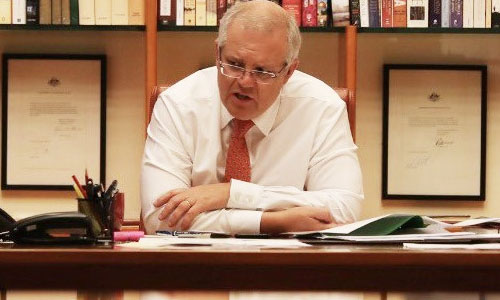
INDIA will proceed with 5G wireless technology and spectrum trials, inviting equipment makers from various nations – except China.
Experts say India is keeping Chinese 5G firms such as Huawei and ZTE out of its massive market because of last year’s border disputes and because the exclusion will economically hurt Chinese entities.

- India had always indicated China would be included – until the 2020 border conflicts.
- India is increasingly worried about Chinese involvement in its critical sectors.
- Strategists warn there are backdoor entries via 5G hardware and software.
The Department of Telecommunications of the Indian government on May 4 gave permission to its four telecom service providers to conduct trials for the use and applications of 5G technology, according to a release by the Ministry of Communications.
“These providers have tied up with original equipment manufacturers and technology providers which are Ericsson, Nokia, Samsung and C-DOT. In addition, an Indian telecommunications company will also be conducting trials using its own indigenous technology,” the ministry said.
EXCLUSION
A visiting professor at India’s National Institute of Advanced Studies, Mr S Chandrashekhar, who has research interests in telecommunications and national security issues in the Indian context, told The Epoch Times that the exclusion of Chinese firms from the 5G trials in India will hurt the companies economically.
“India opting out of the Chinese standard – I’m sure the Chinese knew this was going to happen – would definitely hurt them,” Mr Chandrashekhar said.
“If China would have gotten into the Indian market, the value of China’s 5G would have grown exponentially.”
The director of studies and head of the Strategic Studies program at the New Delhi-based Observer Research Foundation, Mr Harsh V Pant, said that India was expected to exclude China from the 5G trials because of the turbulent relationship between the two countries.
“India remains committed to pursuing a strong line against China. Until early last year, India had indicated that it would be willing to include Chinese companies in the 5G trials,” Mr Pant said.
“But because of the border crisis at Ladakh, China’s reluctance to address India’s concerns, and its attempts at changing the status quo of the border unilaterally, India decided to fashion its foreign policy accordingly,” he said.
“This is a part of that posture, and India is increasingly worried about the Chinese involvement in its critical sectors. That’s what this decision reflects,” he said.
Meanwhile, Mr Chandrashekhar said 5G was a key aspect of India’s economic development, “infrastructure, manufacturing, services, agriculture,” with both civilian and strategic significance.
“Disrupting it is one way of seriously affecting everyday life. Both the hardware and software and the network itself as well as each node is vulnerable,” he said.
“Many strategists think that there are backdoor entries through the hardware and software that can introduce viruses or other malware into networks that could damage critical parts of the national economy.
“Last year, during the debate over the inclusion of Huawei and ZTE in Indian telecommunications network, fears were high particularly about potential threats to the Indian defence sector.” PC









